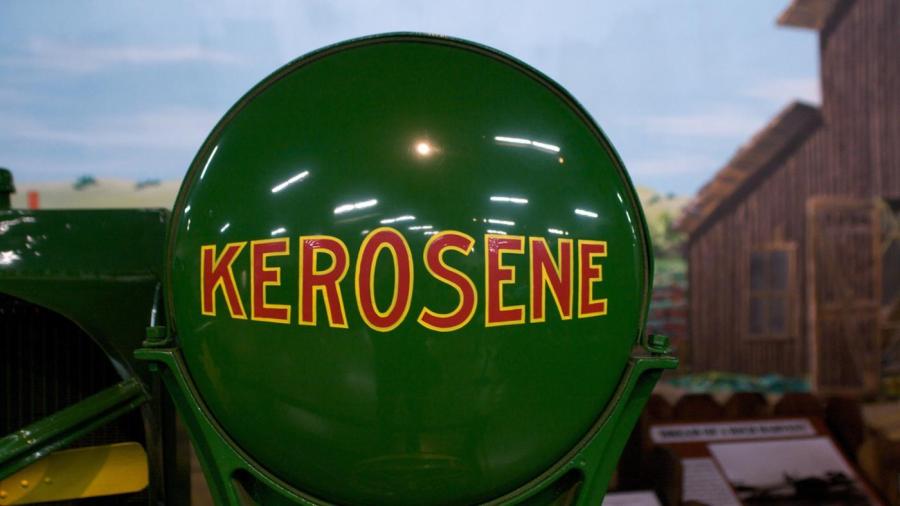What Are Examples of Combustible Materials?

Some combustible materials include fuel oil, paint, kerosene, paints, cesium, magnesium, aluminum powder, calcium, sawdust, plastic dust, coal, flour and powdered metal. Combustible liquids are different from flammable liquids in that flammable liquids have flash points below 100 degrees Fahrenheit and combustible liquids have flash points above 100 degrees Fahrenheit. A flash point is the lowest temperature at which a liquid releases enough vapors to start burning.
Other combustible liquids include acetic acid, camphor oil, cyclohexane, varsol, methyl lactate, phenol, carbolic acid and aniline. Liquids that also have flash points above 100 degrees Fahrenheit are benzaldehyde, ethylene glycol, phenyl ether and stearic acid.
Flammable materials also undergo combustion, but OSHA does not classify them as combustible materials. Liquids such as gasoline, ethanol, turpentine, potassium sulfide, napthalene and sulfur are flammable materials that give off vapors below 100 degrees Fahrenheit.
Combustion is the chemical process of burning hydrocarbons in the presence of excess oxygen and heat to produce water and carbon dioxide. Simple hydrocarbons such as methane and ethane break down their carbon and hydrogen atoms to bond with oxygen during the exothermic reaction.
Pure hydrocarbons burn with a blue flame and have no solid remains. Impure hydrocarbons such as wood, leaves, plant materials, trash and rubber give off yellow-orange flames and grayish-black soot. Impure hydrocarbons also give off carbon monoxide as a product.





